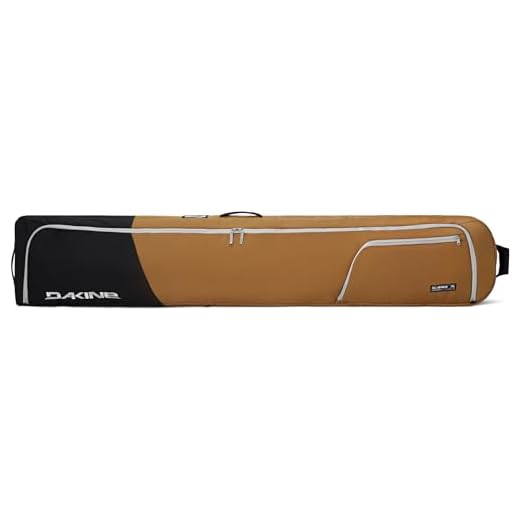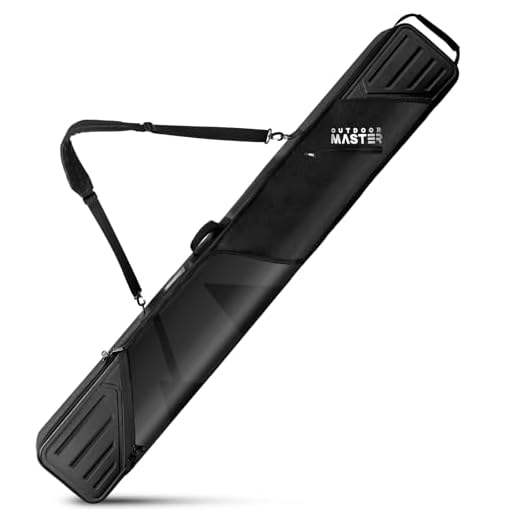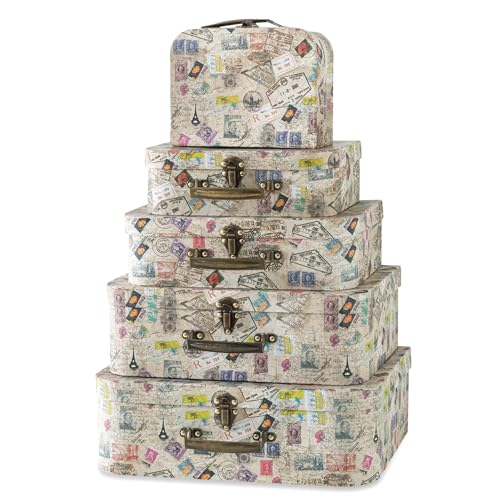





Wrap your equipment in a padded ski bag designed specifically for air travel, ensuring it can withstand the rigors of airport handling. Select a case with reinforced edges and cushioning materials to absorb impacts, as this can significantly reduce damage during transport.
Utilize additional protection by inserting lightweight foam or bubble wrap around bindings and tips. This extra layer acts as a buffer against unexpected jolts. Securing your gear with sturdy straps within the bag will prevent movement that could lead to scratches or breaks.
Label your carryall with your contact information prominently displayed. This simple step helps ensure that lost items can be swiftly returned. Additionally, consider taking a photograph of your gear before checking it in for reference in case of damage claims.
Arrive early at the airport to account for any potential delays while checking in oversized items. Know the dimensions and weight limits of your airline to avoid any unexpected fees or complications. Pre-planning these logistics will provide peace of mind as you prepare for your winter getaway.
Strategies for Safeguarding Your Equipment in Transit
Utilize a hard-shell case specifically designed for your gear. These cases provide robust protection against impacts, ensuring that your gear withstands handling during transit.
Always wrap your gear in bubble wrap or foam padding. This extra layer absorbs shocks and prevents scratches on the surface, further enhancing safeguard measures.
Employ straps or tie-downs within the case to prevent shifting. By securing your equipment, you minimize the risk of damage from movement.
Label your carrying case with contact information to facilitate recovery in case of misplacement. Clear identification speeds up the process if your belongings are separated from you.
Consider using a travel insurance policy that covers loss or damage during transit. Being insured can provide peace of mind and financial protection.
Remove any accessories or mounts before packing to avoid potential breakage. These items can easily get lost or damaged, so it’s less stressful to transport them separately when possible.
Be mindful of airline policies regarding weight limits and dimensions. Adhering to these regulations will help avoid additional fees and potential issues at check-in.
Ensure all parts are secured tightly within the case. Loose elements can collide with each other, causing scratches or breaking. A thorough check before sealing the case is recommended.
Choosing the Right Ski Bag for Travel
Select a bag that offers adequate padding to shield your gear from impacts. Look for options with reinforced areas where the bindings are located, as these spots are more vulnerable during transit.
Consider the material of the bag; durable fabrics like ballistic nylon or thick polyester resist wear and provide extra protection against tears. Water-resistant materials can also help in humid surroundings or unexpected weather conditions.
Check the dimensions to ensure your gear will fit snugly. Many bags accommodate different lengths, so verify compatibility with your boards. A well-fitted bag minimizes movement inside, reducing the risk of damage.
- Single bags are ideal for individual items, while double bags can hold multiple pairs, saving space.
- Wheeled options facilitate easier transport through airports, especially for heavier or bulkier bags.
- Some models feature external pockets for storing additional items like goggles and gloves, enhancing convenience.
When choosing, also look for a bag with sturdy zippers and handles; these features contribute to longevity. Review brands and models based on customer feedback to gauge real-world performance.
For additional gear maintenance tips, explore best beginner pressure washer options, which can be handy for cleaning after trips.
Packing Techniques to Minimize Damage
Utilize foam padding or bubble wrap to wrap the edges and tips of your equipment. This cushioning acts as a buffer against impacts during transport. Ensure that all parts are securely wrapped to prevent movement within the bag.
Position your gear diagonally inside the travel case; this aligns with the natural shape of most bags and can reduce pressure points. Place heavier items at the bottom to maintain a stable center of gravity, preventing shifting during transit.
Fill any remaining space with soft items like clothing or towels to absorb shocks. This not only protects your equipment but also maximizes your bag’s capacity.
Consider placing your poles parallel to the skis, wrapped together to create a more compact bundle. This method minimizes the risk of bending or cracking.
Always label your travel bag with your contact information. In case of any mishaps, this ensures a higher chance of recovery.
Utilizing Padding and Protection Gear
Incorporate high-density foam padding inside your travel case to absorb impacts. This material acts as a shock absorber, safeguarding your equipment from potential drops or shifting during transport. Custom-fit pads can be tailored to your gear, ensuring a snug and safe fit.
Adding a padded ski sleeve or individual wraps for each ski will further enhance security. These protective layers prevent scratches and dings while offering an extra cushion against direct hits.
Consider using bubble wrap or inflatable air cushions around the bindings and tips to absorb shocks. This method is particularly effective for delicate components that can be damaged during handling.
Utilizing ski-specific covers equipped with additional layers of protection ensures comprehensive safety against moisture and debris. Choose covers that offer weather resistance to guard your gear against environmental factors.
Finally, label your gear with your contact information and a “fragile” sticker to alert handlers. This simple addition can encourage careful handling, minimizing the risk of mishaps during transit.
Understanding Airline Regulations for Ski Equipment
Check airline policies before travel to ensure compliance with specific guidelines regarding winter sports gear. Most carriers allow ski gear as part of checked items, but limits on weight and dimensions often apply.
Typical allowances include two pairs of skis or a set of snowboard equipment, along with poles and boots. Expect additional fees if your gear exceeds the weight threshold, commonly set around 50 pounds (23 kg).
Confirm restrictions regarding transportation containers. Soft bags may incur added charges if not adhering to size specifications. Ensure your chosen container fits within allowed dimensions to avoid complications at check-in.
Arrive earlier at the airport for unexpected issues. Preparation can simplify the process, allowing adequate time for security checks and possible inquiries regarding your equipment.
Review international regulations if traveling abroad–various countries may impose different rules on sporting equipment. Refer to this best umbrella stroller for 3 mon page for portable gear advice.
Inquire about insurance options for valuable items while en route. Consider coverage against loss or damage through travel insurance, providing peace of mind during your trip.
Insurance Options for Ski Equipment During Travel
Prioritize securing a separate travel insurance policy that covers equipment damages and loss. Standard travel insurance plans often exclude expensive gear unless specifically mentioned. Review the policy for coverage limits and particular exclusions linked to high-risk items like winter sports equipment.
Coverage Types to Consider
Opt for policies that provide comprehensive coverage, including theft, accidental damage, and delays. Some insurers offer specific plans for adventure travel that encompass skiing gear. Read customer reviews for claims processing efficiency, as prompt assistance is crucial during trips.
Documentation and Valuation
Before your travels, take high-quality photographs of your equipment, noting serial numbers and purchase receipts. This documentation will bolster your claims should issues arise. Also, consider appraising your high-end items to establish their value, ensuring appropriate compensation in case of loss or damage. For more tips on securing gear, check out best luggage rack africa twin.
FAQ:
What are the best methods to protect my skis during air travel?
To ensure your skis are well protected while traveling, consider investing in a dedicated ski bag with padding. Foam or hard shell ski bags provide excellent protection against impacts. Additionally, wrap your skis in bubble wrap or use ski straps to keep them together and prevent any movement within the bag. Adding personal identification to the bag can also help if it gets lost. Remember to check with your airline for specific baggage policies regarding ski equipment.
How do airline regulations affect ski luggage, and how can I prepare for that?
Airline regulations often vary when it comes to sporting equipment, including skis. It’s important to check the specific rules of your airline before your trip. Most airlines allow skis as checked baggage but may have size and weight restrictions. To prepare, weigh your ski bag at home and ensure it complies with these limits. Some airlines charge extra fees for oversized or overweight items, so knowing the requirements in advance can save you time and money. Packing your skis in a well-padded bag will also enhance their safety during transport.
What should I do if my skis get damaged during transit?
If your skis are damaged during transit, the first step is to report the issue immediately to the airline’s baggage service desk before leaving the airport. Take detailed photographs of the damage and keep a record of your conversation with airline staff. If your skis are insured, contact your insurance provider to file a claim. Most airlines have specific procedures for handling damaged luggage, so familiarize yourself with these policies before your trip. This preparation can help you in seeking compensation or a replacement for your equipment.







